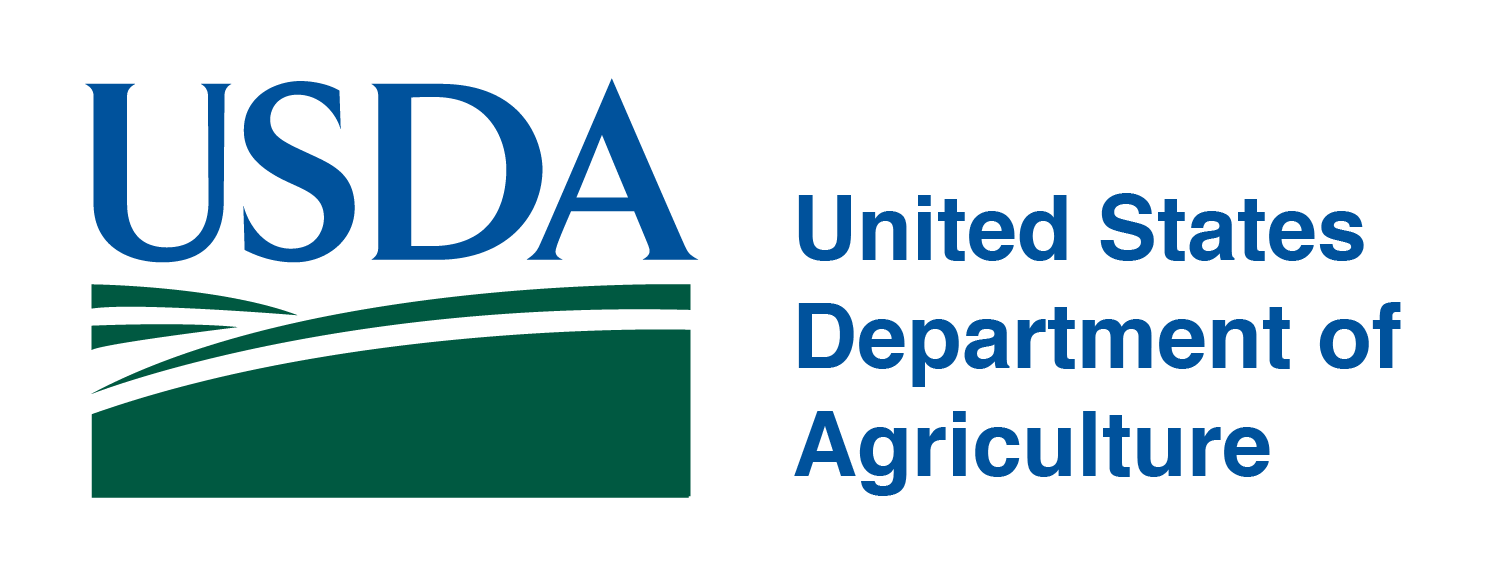- CMS: Medicare Program; Implementation of Prior Authorization for Select Services for the Wasteful and Inappropriate Services Reduction (WISeR) Model
- Public Inspection: CMS: Medicare Program: Implementation of Prior Authorization for Select Services for the Wasteful and Inappropriate Services Reduction Model
- CMS: Secretarial Comments on the CBE's (Battelle Memorial Institute) 2024 Activities: Report to Congress and the Secretary of the Department of Health and Human Services
- HHS: Patient Protection and Affordable Care Act: Marketplace Integrity and Affordability
- HRSA Announces Action to Lower Out-of-Pocket Costs for Life-Saving Medications at Health Centers Nationwide
- Public Inspection: HHS: Patient Protection and Affordable Care Act: Marketplace Integrity and Affordability
- Increased Risk of Cyber Threats Against Healthcare and Public Health Sector
- Eight Hospitals Selected for First Cohort of Rural Hospital Stabilization Program
- Announcing the 2030 Census Disclosure Avoidance Research Program
- CMS: Medicare Program; Hospital Inpatient Prospective Payment Systems for Acute Care Hospitals and the Long-Term Care Hospital Prospective Payment System and Policy Changes and Fiscal Year 2026 Rates; Requirements for Quality Programs; and Other Policy Changes; Correction
- CMS: Medicare Program; Hospital Inpatient Prospective Payment Systems for Acute Care Hospitals and the Long-Term Care Hospital Prospective Payment System and Policy Changes and Fiscal Year 2026 Rates; Requirements for Quality Programs; and Other Policy Changes; Correction
- CMS: Medicare and Medicaid Programs; Contract Year 2026 Policy and Technical Changes to the Medicare Advantage Program, Medicare Prescription Drug Benefit Program, Medicare Cost Plan Program, and Programs of All-Inclusive Care for the Elderly; Correction
- CMS: Medicare and Medicaid Programs; Contract Year 2026 Policy and Technical Changes to the Medicare Advantage Program, Medicare Prescription Drug Benefit Program, Medicare Cost Plan Program, and Programs of All-Inclusive Care for the Elderly; Correction
- CMS: Medicare Program; Prospective Payment System and Consolidated Billing for Skilled Nursing Facilities; Updates to the Quality Reporting Program for Federal Fiscal Year 2026
- CMS: Medicare Program; FY 2026 Hospice Wage Index and Payment Rate Update and Hospice Quality Reporting Program Requirements
2017-2021 ACS 5-Year Estimates Data Now Available
The U.S. Census Bureau released new statistics from the 2017-2021 American Community Survey (ACS) 5-Year Estimates, now available at https://data.census.gov/. These estimates provide data for all Pennsylvania counties, municipalities, and other geographic areas regardless of population size.
Some highlights from the Pennsylvania State Date Center include:
- Approximately 47.0% of renter households in PA spent more than 30.0% of their income on housing costs, compared to 40.0 percent of renter households nationally.
- The counties with the highest percentage of renters experiencing a housing cost burden were Centre (58.0%), Pike (57.4%), Lawrence (52.5%), Monroe (51.9%), and Philadelphia (51.9%).
- Between 2012-2016 and 2017-2021, 43 counties experienced a statistically significant increase in median household income.
Visit the Data Center’s Research Briefs page to read this brief and past releases.
New Rural Revitalization Podcast from the Brookings Institution Launched
Introducing Reimagine Rural, a podcast featuring rural towns experiencing positive change
While the dominant narrative regarding rural America is one of decline and division, Reimagine Rural is a new podcast that visits rural towns across the United States that are experiencing positive change and explores how public investment in rural people and places can lead to increased and equitable prosperity.
Hosted by Tony Pipa, a scholar in the Center for Sustainable Development at the Brookings Institution and a product of rural America, each episode features local voices telling the story of progress in their community and considering the intersection with policy and public resources.
Join Tony on this journey to visit a diverse set of towns across America to learn more about how rural communities are adapting to the 21st century.
Episode 1 debuted on November 22. Click here to see the list of podcasts and for information on how to subscribe.
New Rural Health Briefs Released

The Rural Health Value team recently released a new policy brief:
Medicare Shared Savings Program: Rule Changes and Implications for Rural Health Care Organizations
A summary of the changes made to the Medicare Shared Savings Program taking effect January 2023 and 2024. This Rural Health Value analysis outlines how the changes would reduce barriers to participation for potential or reentering ACOs that operate in rural contexts.
Related resources on the Rural Health Value website:
- Catalog of Value Based Initiatives for Rural Providers – One-page summaries describe rural-relevant, value-based programs currently or recently implemented by the Department of Health and Human Services (HHS), primarily by the Centers for Medicare & Medicaid Services (CMS) and its Center for Medicare & Medicaid Innovation (CMMI).
- MaineHealth ACO – Integrating and Using Data to Support Care Delivery – A predominantly rural network of hospitals and clinics in Maine integrates clinical and claims data to support improvements in care delivery and target patient needs as part of their Accountable Care Organization.
- Vermont’s All-Payer Accountable Care Organization Model – Mt. Ascutney Hospital and Health Center’s (MAHHC) Experience – Vermont’s dominant payers have partnered to test an alternative payment model statewide that requires health care organizations like MAHHC to innovate health care delivery and achieve shared goals. Participation in the ACO has allowed MAHHC to implement strategies to better meet community needs ranging from prevention to complex care management.
USDA Releases Rural America At A Glance Report

The U.S. Department of Agriculture (USDA) released the Rural America at a Glance report. The report notes a change in the composition of the rural labor force over the past decade due to an overall decline in population growth, aging of the population, and changing industry structure. Rural America has become more economically diverse over time, with increasing employment in health care, hospitality, and other service industries. There is also evidence that the rural workforce is changing in terms of diversity. The report is helpful when considering new ways to strengthen the rural health pipeline.
Improving the Oral Health of Rural Veterans
 According to a new report from the American Institute of Dental Public Health (AIDPH) and CareQuest Institute, veterans in rural areas are struggling to receive oral care. Only about 15% of veterans are eligible for dental care through the Veterans Health Administration (VHA), with the percentage being even lower for rural veterans.
According to a new report from the American Institute of Dental Public Health (AIDPH) and CareQuest Institute, veterans in rural areas are struggling to receive oral care. Only about 15% of veterans are eligible for dental care through the Veterans Health Administration (VHA), with the percentage being even lower for rural veterans.
Learn more in the full report.
Rural America is Getting Older: A Fifth of the Population Now Over Age of 65
Rural America is continuing to get older, and a new report shows the extent has hit a new high.
The U.S. Department of Agriculture’s annual Rural America at a Glance report shows more than 20% of rural residents are over age 65 compared to 16% in urban areas.
“The aging of the baby-boom generation will continue to contribute to the loss of working-age adults through the end of this decade,” the report from the USDA’s Economic Research Service stated.
The report also said there is a corresponding decrease in the working-age population, with those 18 to 64 making up 58% of non-metro residents, compared with 61% of metro residents.
Fixing the problem will take a lot of work from a lot of different areas, said Mary Hendrickson, a professor of rural sociology at the University of Missouri.
“There’s federal issues, there are state issues, there are community issues, there are regional issues. Can we start thinking about regional networks? There really is not just one thing,” she said.
Hendrickson said rural areas need to make things better for families, and that can include such improvements as better broadband access and reliable day care and preschool options, which are not only lacking but often nonexistent in rural areas.
“If we’re going to talk about wanting to be family friendly, then we’re going to need to have some policies that are helpful,” Hendrickson said.
Some rural communities have tried creative ways to attract younger people to make their home away from urban areas, including offering grants to new homeowners and establishing recruiting committees to entice former residents to move back.
“Those kinds of programs are essential,” Henrickson said. “Folks who live in these rural areas sometimes look around and think more of the challenges rather than thinking about what are the opportunities for helping and making their place attractive for a younger generation.”
Other rural advocates caution those kinds of projects won’t be enough and argue for more systemic change at the federal level.
“We learned during COVID that many people can work from anywhere, and that gave a lot of hope to rural communities looking to increase their population,” said Chris Merritt, executive director of the Illinois Institute of Rural Affairs at Western Illinois University.
“But state and federal governments need to get more involved to make sure these communities have health care, schools, transportation and grocery stores. Those things can’t happen at just the community level.”
While rural communities look to increase their younger population, they will also have to deal with new challenges of having more older residents.
“Declines in the working-age population may make it harder to meet labor demands in some rural industries and local labor markets. At the same time, many rural areas lack sufficient health care capacity, broadband service, community centers and other services to address the challenges associated with an aging population,” the USDA report said.
This story was produced in partnership with Harvest Public Media, a collaboration of public media newsrooms in the Midwest. It reports on food systems, agriculture and rural issues. Follow Harvest on Twitter: @HarvestPM.
